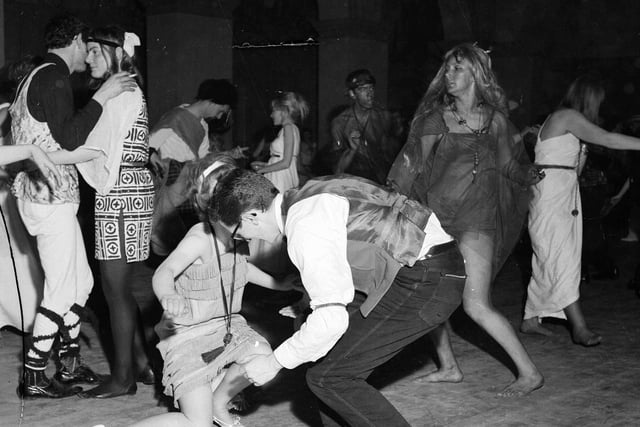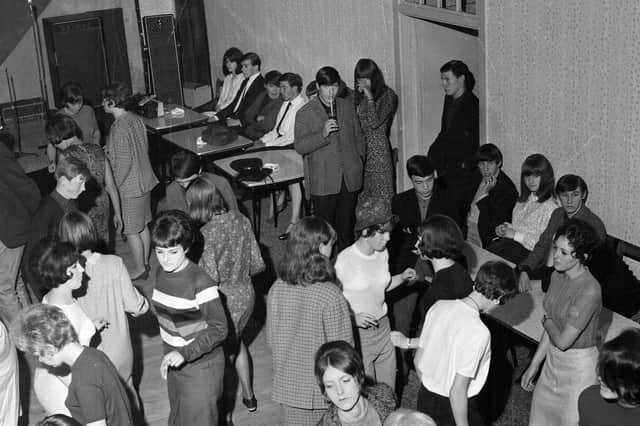Rock and roll was maturing, beat-driven pop was taking hold and a host of new dance crazes were taking the nation by storm.
On weekends, the clubs and dance halls were packed with all manner of folk twisting, jiving and shimmying the night away to the latest sounds.
Going out dancing was one of the most popular forms of social entertainment in Scotland in the 1960s, providing the opportunity for a bit of romance and leading to untold numbers of flings, long-lasting relationships and marriages.
If not for the dance halls and beat clubs of the Swinging Sixties, Scotland's population would surely be half of what it is today.
Glasgow being Scotland's biggest city had by far the largest selection of venues, with the Locarno, the Barrowlands, the Plaza, the Astoria, and the Dennistoun Palais becoming household names.
Edinburgh and Leith revellers frequented the Eldorado, the Top Storey, the Gamp, and the enormous Palais de Danse in Fountainbridge, where none other than Sean Connery had been employed as a bouncer a decade earlier.
Attendances at Scotland's traditional, big band friendly ballrooms, however, were on the decline, down in some cases by 50 per cent compared to the previous decade.
Scores of once popular ballroom venues and old dance halls up and down the country were closing down for good and being transformed into bingo halls or demolished altogether.
Not that it mattered much to the young mods and rockers of the Sixties, they were content with throwing shapes in the growing number of smaller, more intimate, independent venues springing up, all with their own unique vibe.
Nightclubbing in the Sixties was very different from today. Many clubs didn't even serve alcohol due to the strict licensing laws of the era, and those that did were required to offer simply food options, such as the legendary chicken in a basket.
Heavily-influenced by the Beatnik generation and seminal US writers such as William Burroughs and Allen Ginsberg, Britain's counter-culture scene was also taking shape, leading to the birth of the hippie and psychedelia.
Scotland, while far from being the counter-cultural epicentre - that distinction undoubtedly goes to London - was also bitten by the Beatnik bug and underground scenes steadily emerged in most major towns and cities.
And, when Beatlemania hit, suddenly every teen and twenty-something male was desperate to grab a guitar, get a groovy new hair cut and form a group.
Popular home-grown bands of the 1960s included, the Hipple People, the Beachcombers, the Athenians and Glasgow group the Beatstalkers - the latter famously referred to in the music press as "the Scottish Beatles".
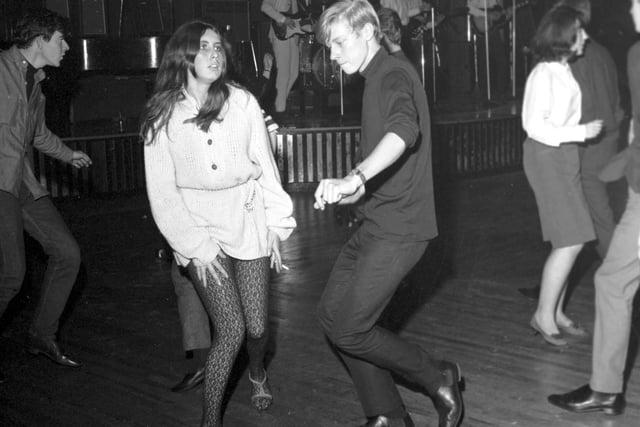
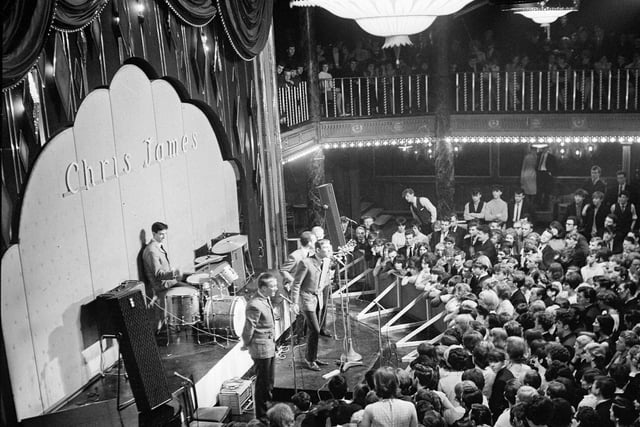
2. The Barron Knights
The Barron Knights at the Palais De Danse ballroom/dance hall in 1964. Photo: Unknown
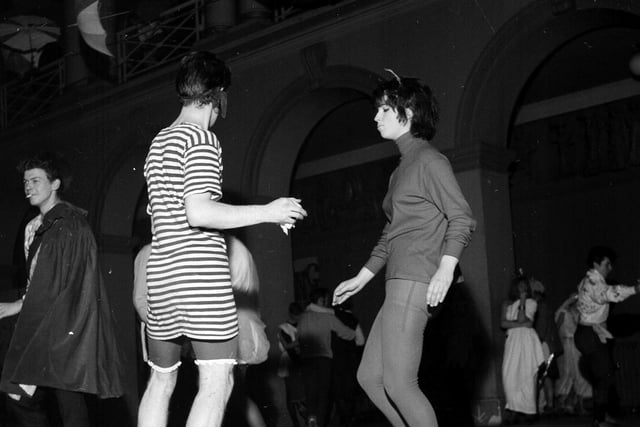
3. Edinburgh Art College Revellers - Twisting
Edinburgh Art College Revellers - Twisting Photo: TSPL
